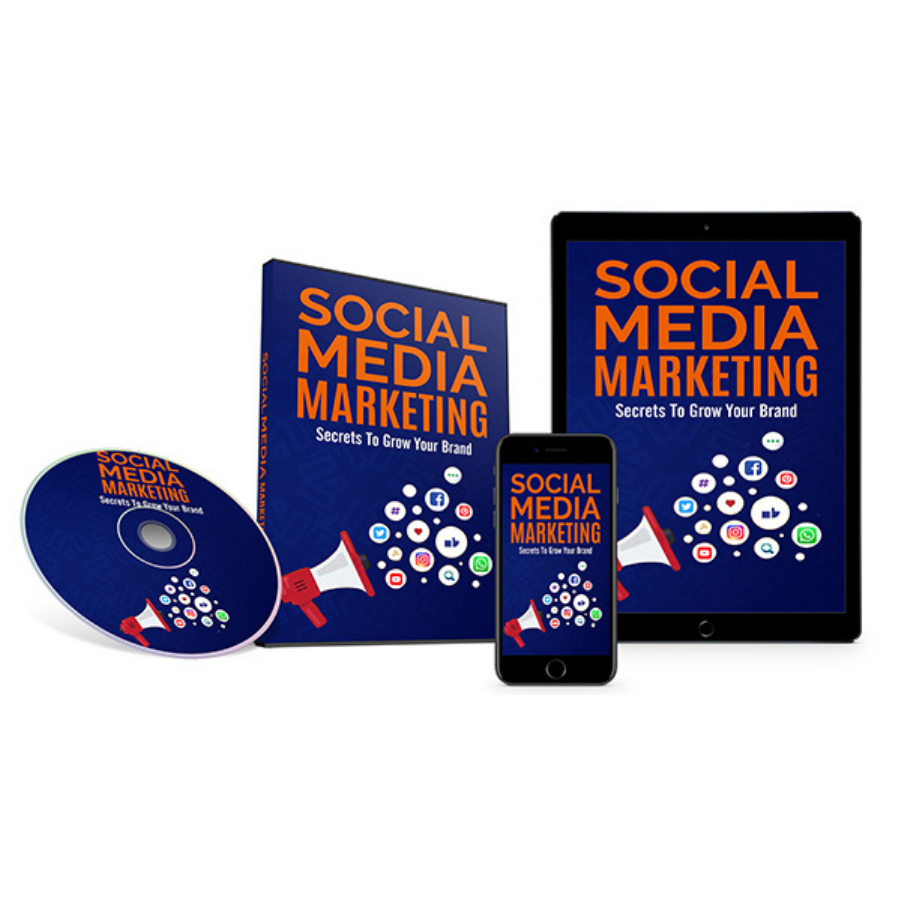
In recent times, news feed aggregators have become extremely popular. You can view the aggregated articles gathered from various sources, such as RSS feeds. You can find these aggregators in a variety of applications, such as Feed readers and Web aggregators. This article will explain how to use RSS Aggregators WordPress. We'll also be discussing the pros and disadvantages of Feed readers, as well as WordPress plugins.
Web aggregators
RSS: What does it mean? RSS stands as Rich Site Summary. This feed organizes the content of a website into one file. It's written in the XML programming language. Web aggregators read this format to provide the information that you need. RSS feeds come in many forms, including news, music, and sports. Every feed contains the latest information. RSS aggregators can read a lot of feeds so you can view many different content at once.
Feed readers

An RSS reader allows you to consume content from many sources. RSS, an XML-based format, allows you to track and organize your reading habits. An RSS aggregator can be helpful for people who want to view content from many websites in one window. The aggregator will search websites for new content, and then display a summary of each item in a reader. These feeds might not be available for every website.
News aggregators
RSS news aggregators are web sites that monitor news websites for new items. They periodically monitor news websites and provide headlines to your desktop. As an alternative to the traditional newsstand, RSS news aggregators let you subscribe to various news feeds. RSS news aggregaters have many advantages. RSS news aggregators improve the relevancy of selected news items and make breaking news more easily accessible. They also give you greater control over your news feed.
WordPress plugins
There are many aggregator RSS WordPress WordPress Plugins. But all of them are great for curating and supplementing content. These tools are able to import content from news websites and blogs. These tools can also be used for auto-blogging. There are many great RSS WordPress plugins. Let's examine three of them.
Other aggregators

Google Reader is one of the leading RSS aggregators. Its developers recently disclosed how many RSS feed subscribers the service has, via the "user-agent" header on the RSS feed. Google Reader allows bloggers with high audience growth rates to report increases in audience of twenty-six percent to sixty percent. In the past, bloggers speculated on which RSS aggregator would prove most popular. Some people suggested My Yahoo!, while others suggested Bloglines. Google Reader emerged as the most popular RSS reader.
FAQ
What Is On-Page SEO?
On-page seo refers the actions that you take on your website to increase its rank in search engines. On-page SEO covers site architecture, page title, meta tags, image alt text and other aspects. Off-page search refers only to activities that do not directly impact your website's ranking. These include social media shares, press release, backlinks, and other activities that can improve your website's ranking.
How often does SEO need to be done?
Maintaining your links properly will mean that you won't have to run SEO campaigns or update them often. But, if you neglect to maintain your links and rely solely upon organic traffic, you might lose out on potential clients.
Generally speaking, monthly SEO updates are recommended for small businesses. Quarterly SEO updates might be required for larger businesses.
How much does SEO cost?
SEO costs can vary depending on the company's size, industry, budget, and other factors. For smaller businesses, it may be only a few hundred bucks per month. Larger companies will spend many thousands of dollars each month. If you're unsure how much SEO will cost, you can use our free SEO calculator to estimate what it will cost.
What are the various SEO strategies?
Search engine optimization (SEO), search media optimization (SMO), as well as pay-per click advertising (PPC) are all examples of different SEO strategies.
With SEO, you optimize content for certain keywords using text formatting, HTML code, and other features.
This will ensure that your site ranks higher in search results pages.
Social media optimization is the process of optimizing your website so that it can be used on social networks, such as Twitter, Facebook, or Google+.
These are a great way to build your online brand and make visitors more likely visit your site when they search for similar topics.
PPC ads can also be found at the top of search results pages. They show relevant products, and services.
Google paid search is the most used PPC ad type. These ads cost money, but are extremely effective.
Other forms of PPC advertising include video ads, sponsored posts, and display ads.
How often should my website be updated?
There are many methods to update your website. One option is to use a CMS (Content Management System). This will allow you to edit all the content on your site easily without needing any code.
Another way is to use a plugin that automatically updates your website. These plugins may be purchased at WordPress stores or downloaded by you.
WPtouch and Yoast are two other free plugins. You can test various methods and find which one works best for your needs.
How can a content strategy help me get a better ranking?
A content strategy involves planning how much content you want to produce over time. It contains keywords and information about your company, such as topics. Having this plan in place before you start writing will ensure that you don't produce too little or too much content.
How much does SEO cost?
SEO is a long-term investment and you will not see immediate returns. You should remember that the more people visit your site, the greater chance it will rank higher on search engines.
Many factors go into determining the price of each service, such as keyword competitiveness, location, audience size, and competition.
Statistics
- A 62.60% organic traffic boost to that page: (backlinko.com)
- And 90%+ of these backlinks cite a specific stat from my post: (backlinko.com)
- 64% of marketers actively create SEO campaigns because they help hit multiple key performance indicators (KPIs), including increasing traffic, helping your site rank for relevant keywords, improving your conversion rate, and much more. (semrush.com)
- Sean isn't alone… Blogger James Pearson recently axed hundreds of blog posts from his site… and his organic traffic increased by 30%: (backlinko.com)
- : You might have read about the time that I used The Content Relaunch to boost my organic traffic by 260.7%: (backlinko.com)
External Links
How To
How do I know when I'm doing good SEO?
There are several ways that you can determine if your SEO is doing a great job.
-
Your bounce rate should never exceed 30%. This means that users will abandon your page without clicking any other link. If your bounce rate is high, it means that your audience is not trusting your brand and/or isn't interested what you have to offer.
-
Visitors will visit different pages on your site. This is a sign that they are engaging with your site.
-
Your conversion rate is improving - your audience has become aware of your product or service and wants to buy it.
-
Your average time on site has been increasing. Users spend more time browsing your content.
-
Increased traffic from search engines is a sure sign you're doing excellent SEO.
-
You're getting more shares on social media - this shows that your content is being shared by others and reaching audiences outside your follower base.
-
You get more comments on forums, which shows that people are responding positively to your work.
-
Engage more with your website by getting more likes (tweets), shares, likes, and likes for posts.
-
Your rank in SERPs has been increasing, which is a sign of your hard work paying off.
-
You're receiving more leads from your website - this shows that people have found your website organically and are now contacting you.
-
You are seeing an increase in sales - this means that people who visited your site looking for your products or services are purchasing them.
-
Your blog post receives more views/comments which indicates that people find your content informative and useful.
-
You get more subscribers to your email list - this shows that people trust you enough to subscribe to receive updates about your business.
-
Sales are rising - this shows that people like you and your products so much that they are willing to pay for them.
-
You've got more followers on social networks, showing that your fans share your content and engage with your brand.
-
This indicates that journalists are discussing your brand online and you're receiving more PR mentions. This boosts your image and raises awareness for your company.
-
You are being recommended more often, which means that other companies recommend your brand.
-
People continue to return to your website. This is a sign that your customers are satisfied with your work, and will return again and again when they need your assistance.
-
Your competitors are losing ground - this shows that they didn't invest as much money in their SEO campaigns as you, making them look bad.
-
The image of your brand is changing. This means that your brand is becoming more popular with a new audience.